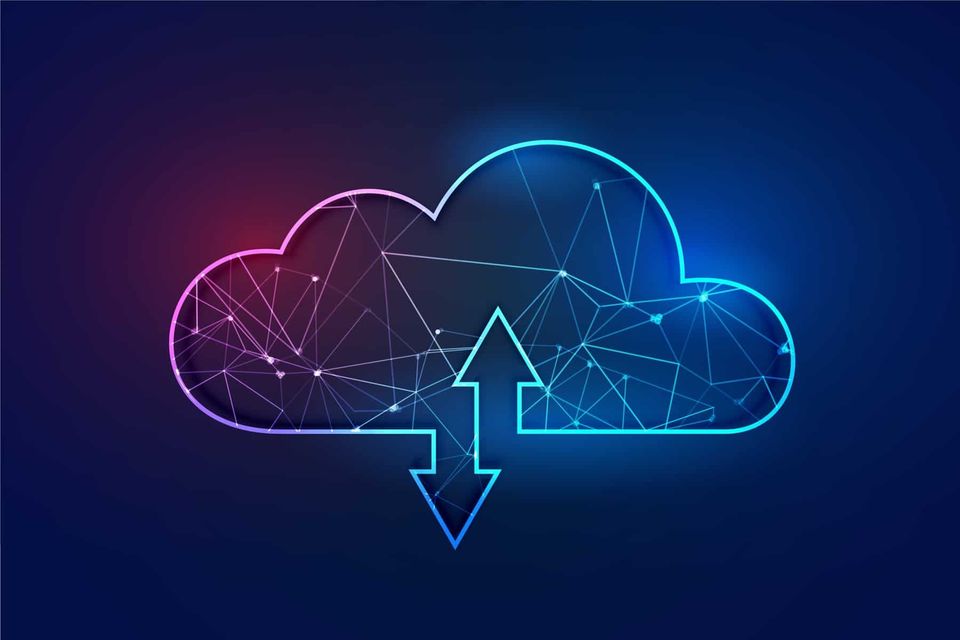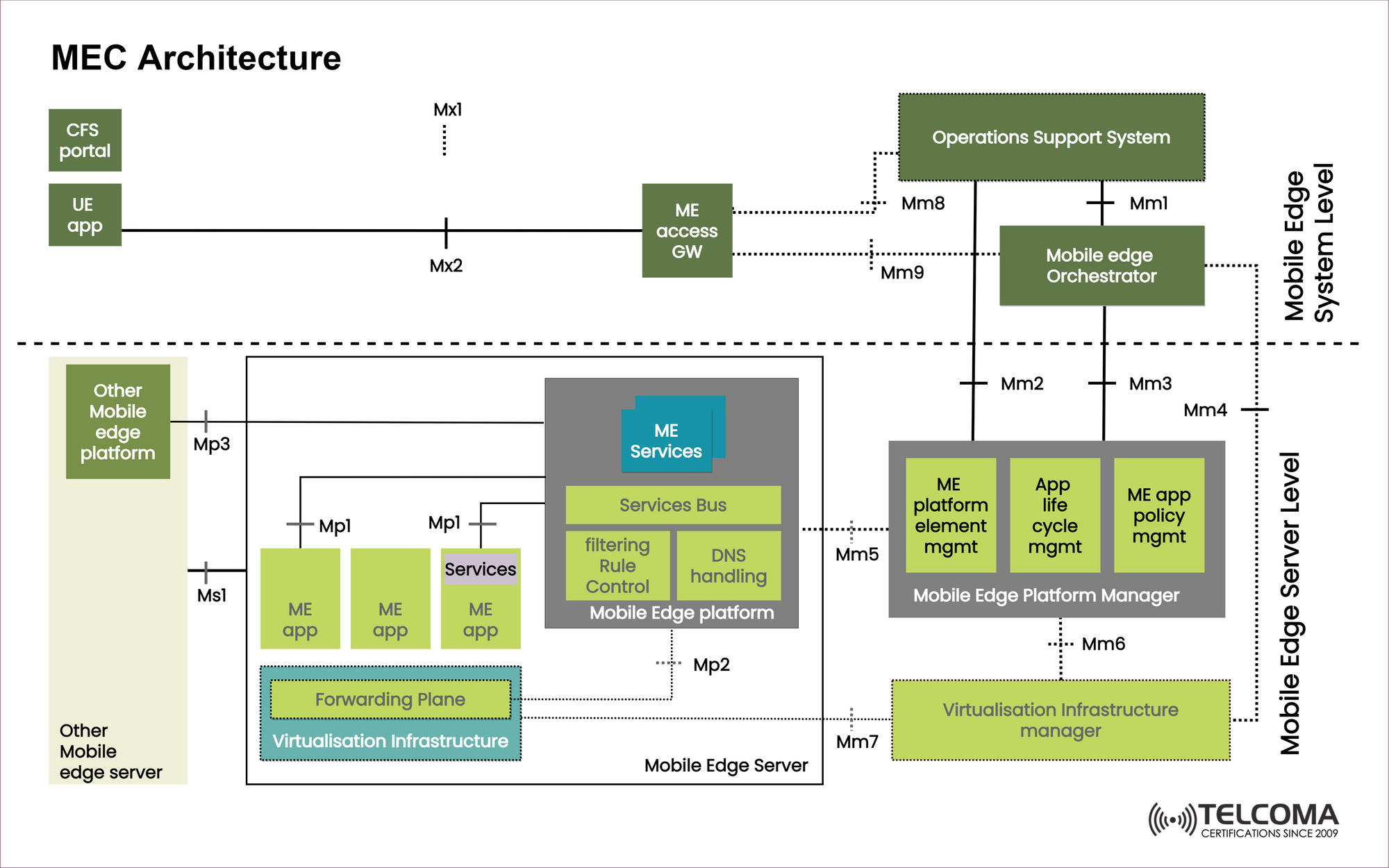Edge Computing for 5G Networks


Introduction:
Edge computing refers to the decentralized processing of data at the edge of the network, rather than transmitting all data to a central data center for processing. This approach has several advantages, including reducing latency, increasing data privacy, and improving reliability. With the emergence of 5G networks, edge computing has become even more critical because of the massive amount of data generated by these networks and the need for ultra-low latency applications such as autonomous driving and augmented/virtual reality.
In this article, we will discuss edge computing for 5G networks in detail, including the technical aspects of how it works and the benefits it offers.
Edge Computing in 5G Networks:
5G networks are designed to support a variety of use cases, including enhanced mobile broadband (eMBB), massive machine-type communications (mMTC), and ultra-reliable low-latency communications (URLLC). These use cases require different levels of performance in terms of throughput, latency, and reliability.
Edge computing can help meet these requirements by enabling data processing to occur closer to the end-user or device. This is achieved by deploying computing resources such as servers, storage, and networking equipment at the edge of the network. By processing data locally, edge computing can significantly reduce the time it takes to transmit data to a central data center for processing.
One of the key advantages of edge computing in 5G networks is reduced latency. 5G networks are designed to support ultra-low latency applications such as autonomous driving, industrial automation, and virtual reality. By processing data at the edge of the network, edge computing can help reduce the round-trip time for data transmission, enabling these applications to operate more effectively.
Another advantage of edge computing is improved data privacy. By processing data locally, edge computing can help prevent sensitive data from being transmitted to a central data center, where it may be more vulnerable to security breaches.
Finally, edge computing can improve reliability by reducing the impact of network failures or congestion. By processing data locally, edge computing can help ensure that critical applications continue to operate even if the network experiences disruptions.
Technical Aspects of Edge Computing in 5G Networks:
To understand how edge computing works in 5G networks, it's essential to first understand the components of the network. 5G networks consist of several layers, including the radio access network (RAN), the core network, and the edge network.
The RAN is responsible for wireless communication between the end-user device and the network. The core network is responsible for processing and routing data within the network. The edge network, also known as the edge cloud, is where computing resources are deployed to enable edge computing.
Edge computing in 5G networks can be implemented in several ways, including:
Mobile Edge Computing (MEC):
Mobile Edge Computing (MEC) is a framework that enables computing resources to be deployed at the edge of the RAN. MEC servers are located at the base station or other edge devices, enabling data to be processed closer to the end-user device.
MEC servers can be used for a variety of applications, including video streaming, augmented reality, and gaming. By processing data locally, MEC can reduce latency and improve the user experience.
Multi-Access Edge Computing (MEC):
Multi-Access Edge Computing (MEC) is a framework that enables computing resources to be deployed at the edge of the core network. MEC servers are located at the network edge, enabling data to be processed closer to the end-user device.
MEC servers can be used for a variety of applications, including IoT data processing, autonomous driving, and industrial automation. By processing data locally, MEC can reduce latency and improve the reliability of critical applications.
Cloud Radio Access Network (C-RAN):
Cloud Radio Access Network (C-RAN) is a framework that centralizes the processing and management of the RAN. Instead of deploying computing resources at the base station, C-RAN centralizes these resources in a data center.
C-RAN can help reduce the cost and complexity of deploying and managing the RAN. By centralizing the processing of the RAN, C-RAN can also enable more efficient use of resources, including spectrum and computing resources.
However, C-RAN can also introduce additional latency because data must be transmitted between the base station and the data center for processing. To address this issue, C-RAN can be combined with MEC to enable local processing at the edge of the network.
Fog Computing:
Fog computing is a framework that extends cloud computing to the edge of the network. Fog computing enables computing resources to be deployed at the edge of the network, closer to the end-user device than traditional cloud computing.
Fog computing can be used for a variety of applications, including IoT data processing, video surveillance, and smart cities. By processing data locally, fog computing can reduce latency and improve the reliability of critical applications.
Benefits of Edge Computing in 5G Networks:
Edge computing in 5G networks offers several benefits, including:
- Reduced latency: By processing data at the edge of the network, edge computing can significantly reduce the time it takes to transmit data to a central data center for processing. This can help enable ultra-low latency applications such as autonomous driving and industrial automation.
- Improved data privacy: By processing data locally, edge computing can help prevent sensitive data from being transmitted to a central data center, where it may be more vulnerable to security breaches.
- Improved reliability: By processing data locally, edge computing can help ensure that critical applications continue to operate even if the network experiences disruptions.
- Efficient use of resources: By deploying computing resources at the edge of the network, edge computing can help reduce the amount of data that needs to be transmitted over the network, enabling more efficient use of resources, including spectrum and computing resources.
- Enhanced user experience: By reducing latency and improving reliability, edge computing can help improve the user experience for applications such as video streaming, gaming, and augmented reality.
Challenges of Edge Computing in 5G Networks:
While edge computing in 5G networks offers several benefits, there are also several challenges that need to be addressed, including:
- Deployment and management: Deploying and managing computing resources at the edge of the network can be challenging, particularly in large-scale deployments.
- Interoperability: Ensuring interoperability between different edge computing frameworks, such as MEC and C-RAN, can be challenging.
- Security: Ensuring the security of edge computing resources can be challenging, particularly in deployments where computing resources are distributed across multiple edge devices.
- Data management: Managing data at the edge of the network can be challenging, particularly in deployments where data is distributed across multiple edge devices.
Conclusion:
Edge computing is a critical component of 5G networks, enabling data processing to occur closer to the end-user or device. By reducing latency, improving data privacy, and increasing reliability, edge computing can help enable a wide range of applications, including autonomous driving, industrial automation, and virtual reality.
While edge computing in 5G networks offers several benefits, there are also several challenges that need to be addressed, including deployment and management, interoperability, security, and data management. Addressing these challenges will be critical to enabling the full potential of edge computing in 5G networks.
